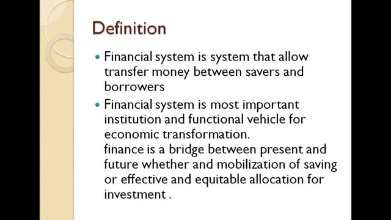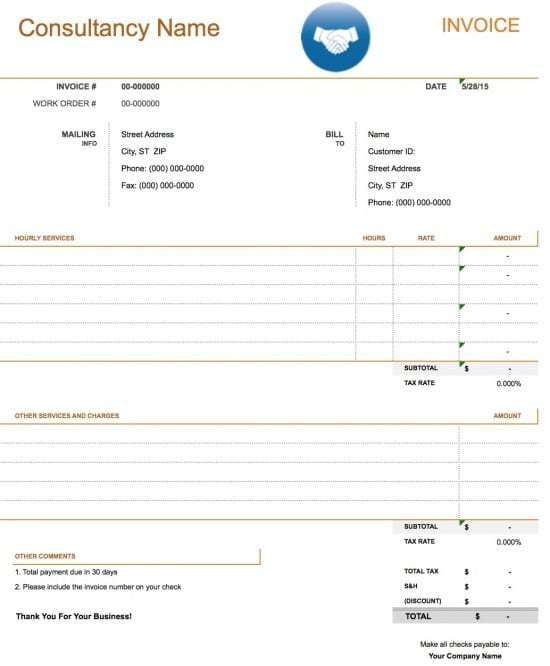The Case For Remote Work ..After COVID
Content

Data scientists at careers site Ladders believe remote work is here to stay, with a full quarter of all professional jobs to be available remotely by the end of the year. But now that most of these measures have lifted and life has gone back to “normal,” many companies are still transitioning their once-in-office roles to either entirely or partially remote ones. The mandatory use of remote work for business continuity should signal to all organizations that it’s time to revisit their remote working policies and redesign them for wider application as business as usual. This vast remote-work experiment is also a great opportunity to prepare for the future — when automation has expanded the role of knowledge workers and the preferences of younger generations demand that organizations provide remote-work options. Develop a policy and approach on when to recognize state changes, when to re-code employees for tax purposes, Wage & Hour, Workers’ Compensation and other applicable requirements.

When it was an option versus a necessity, many remote workers reported feeling happier, more productive and more trusted by their managers. Now that working from home became an overnight reality for most, people are realizing they do prefer this way of working. So much that 1 in 4 said they would take a pay cut of over 10% to stay working from home . We believe it will be the future of work and how we collaborate as a society.
Remote Work Statistics and Trends During COVID-19
Thanks also go to Fergus Cochrane-Dyet for assisting with recruitment and to Gill Lever for her support with the project. Our study’s exclusion criteria meant that staff perceived as potentially experiencing significant distress as a result of the study were excluded from the invite list. Diplomatic personnel are a somewhat unique occupational group in that they move posts frequently, often relocating to entirely new countries every few years.
Motivations behind working remotely have changed a bit since 2019, with a fear of getting sick newly topping the list and avoiding the commute staying steady year over year. Meetings suddenly became Zoom meetings, with video calls happening 50% more than before COVID-19. Not only did people embrace remote work, they have now grown to expect it.
Challenges and opportunities of remotely working from home during Covid-19 pandemic
This means, at first glance, greater flexibility and freedom of employees and employers and less stress on both sides. Namely, there is an opinion that employers should nurture a “flexible organizational culture”. In order to build a dynamic team culture at a distance, it is necessary to work on motivating employees to adapt to the common vision and goals of the organization. This in turn encourages collaboration between teams that inspire new ideas and innovations. It’s worth noting here that these workers, like the newly remote workers, were working from home during the pandemic—but they’d been doing so before states’ stay-at-home orders took effect.
Our company guide can also be a great way to find the best companies for remote work, broken down by industry or location. And if you want to know which companies post the most remote jobs, check out our Top 100 list of companies that posted the most openings for remote roles on our site. Working remotely can give employees the time and environment needed to make healthy choices.
Members’ Access
You need to make sure that your employer believes you are working and contributing to its best interests. Make sure you can measure the quality of your work even when you’re working from home. According to the company, “Gallup data from 2016 shows that 43% of the workforce works at home at least some of the time.” Global Workplace Analytics estimates that 56% of non-self-employed workers have a job that is compatible with remote work. Employers have control over the work location and environment they provide for employees. They have the right to tell employees that the office has reopened for work on a particular date.

Nearly two years into theCOVID-19 pandemic, roughly six-in-ten U.S. workers who say their jobs can mainly be done from home (59%) are working from home all or most of the time. The vast majority of these workers (83%) say they were working from home even before theomicron variantstarted to spread in the United States, according to a new Pew Research Center survey. This marks a decline fromOctober 2020, when 71% of those with jobs that could be done from home were working from home all or most of the time, but it’s still much higher than the 23% who say they teleworked frequently before the coronavirus outbreak. Still, even when accounting for the fact that work arrangements vary widely across demographic groups, some differences remain. And these differences also persist when looking at workers with and without a bachelor’s degree who say that, for the most part, the responsibilities of their job can’t be done from home. While these technologies have helped companies and organizations operate effectively during the pandemic, there has been widespread concern that video calls in particular are taking a toll on workers.
Utilize chat features when you want to make a point and use hand signals to indicate you’d like to speak. Consider a meeting facilitator to ensure all parties are heard throughout video meetings. In 2020, people are using video meetings 50% more than pre-COVID-19. Despite difficult circumstances for working remotely, 77% of respondents agree that after COVID-19, https://quick-bookkeeping.net/2-ways-to-increase-profit-margin-with-value/ having the option to work from home would make them happier. The COVID-19 pandemic forced organizations around the world to quickly adapt to a new remote reality, in some cases for the first time, in the largest work-from-home shift ever. The outcome for each of these groups was understandably different when the researchers spoke to them a year on.
How has the pandemic affected remote working?
During the pandemic, there was an increase in remote working across all regions; however, variation across regions remains substantive. Rates vary by age group, with people aged 35-54 more likely to work from home sometimes compared to other age groups.
They also estimate that 22% of the workforce (36.2 Million Americans) will work remotely by 2025. Global Workplace Analytics believes that 25-30% of the workforce will remotely by 2021. Leaders need to take special care to check in and offer remote teambuilding exercises and one-on-one development opportunities with those growing in their careers. Let’s explore the challenges that COVID-19 has presented, and how employees are transitioning to the new normal. For Owl Labs’ 4th annual State of Remote Work report, we partnered with the leading remote analytics firm, Global Workplace Analytics, to learn more about the current state of remote work in 2020 and what lies ahead. We wanted to uncover remote work statistics and gather the current work from home trends to provide you with a comprehensive remote work benchmark report during COVID-19.
“In such a never-before-seen situation we of course made mistakes,” says Nordin. “One of them was assuming we could manage everything remotely as well as we do in the office. In contrast to the rigid position these two tech companies seemed to be taking against work-from-home, many organisations around the world maintained a more flexible stance, supporting the practice either in exceptional cases or on an occasional basis.
- The extreme case is that of China, the starting point of the outbreak, where readiness for socially distant work is much better than in most developing countries, but it is not as robust or resilient as those at the top of the graph.
- Working remotely can give employees the time and environment needed to make healthy choices.
- Incoming instant messages, email, and voicemail pings are very disruptive.
- Remote work is not new, and the techniques and technologies continue to evolve.
- This is a nice way to help your employees feel more comfortable in their new, dedicated work environment.
- Employees who work from home often manage their time so as to leverage the time of day when they feel most productive, and they don’t suffer unnecessary interruptions to the degree they do in the office.
- They may learn that New Jersey State disability law covers maternity and apply for benefits.
According to one study, children are ranked as the number one distractions, followed by spouses, pets, neighbors, and solicitors. The lack of proper tools and facilities also serves as a major distraction, though this can be mitigated by using Where Did You Work Remotely During Covid short-term coworking rental facilities. Also, some countries such as Romania have tasked the national labour inspectorate the burden of carrying out checks at remote workers’ residences to see if the work environment meets the requirements.
A New Office Culture
If our content helps you to contend with coronavirus and other challenges, please consider subscribing to HBR. One day recently, she started her morning on the phone with a friend who was trying to decide whether to cremate or bury her mother, who died of Covid. Then Ms. Couba had to hop on a work call and muddle through niceties. She was relieved to be at home, so she could hang up afterward and take time to breathe. It was one size fits some, with the expectation that everybody else would squeeze in. Office banter, for example, might have been a small annoyance for a segment of workers.

